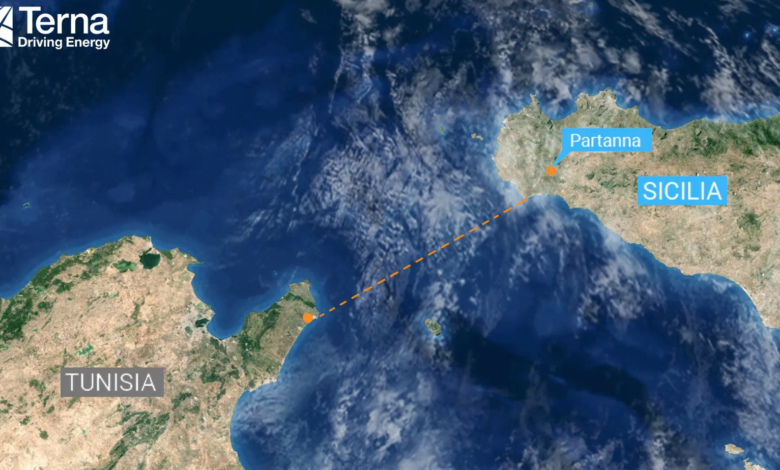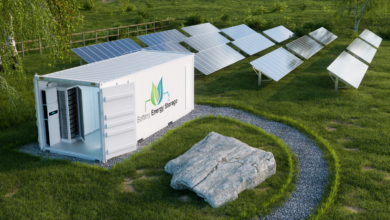Italy-Tunisia power line, to make Italy the energy hub of the Mediterranean

Over 200 km of submarine power line cables between Europe and Africa
Green light to the Italy-Tunisia power line, the work of submarine connection worth 850 million euros, aimed at optimizing the use of energy resources between Europe and North Africa. The Italian Ministry of Environment and Energy Security (former Ecological Transition) has started the bureaucratic process and it is yesterday’s news that the European Commission has approved the allocation of 307 million euros to co-finance the infrastructure. A passage that Rome does not exist to define “a great Italian success”. “The work […] will constitute a new energy corridor between Africa and Europe, favoring the security of energy supply and the increase of energy production from renewable sources”, commented the premier Giorgia Meloni in a short press note.
Italy-Tunisia power line, what is it?
The project involves the construction of 200 km of HVDC submarine cables at a depth of almost 800 meters through the Strait of Sicily. A real 600 MW direct current power line that will connect the existing power station of Partanna, in the province of Trapani, to a new station in the peninsula of Capo Bon, Tunisia side. Obviously, the operators of the electric transmission systems of both countries, namely Terna and Steg, whose collaboration on the Italy-Tunisia power line even began in 2000, are involved in the construction. But it had to wait until 2007 before the respective governments signed a declaration of office, giving substance to the initiative.
The connecting infrastructure is now included in the list of Projects of Common Interest by the European Commission as considered “of strategic importance for the electricity transmission system of the Mediterranean basin” with a view to full integration of markets. Once fully operational, the Italy-Tunisia power line should improve the security of energy supply and ensure greater integration of renewable sources.
“Thanks to this work, Italy can concretely become an energy hub of the Mediterranean”, said Stefano Donnarumma, CEO of Terna. “It is a strategic infrastructure for our country and for Europe, which will contribute significantly to energy independence, the security of the electricity system and the development of renewable sources”. The company has assured that the marine-environmental studies, currently underway, will allow to define the best route in respect of the seabed and ecosystems.
The importance of #TUNITA in the community energy infrastructure
But beyond the project ambition, the HVDC Italy-Tunisia link is a fundamental initiative also for the community energy infrastructure. That is why the European Commission has allocated 307 million euros to the power line through the EU fund “Connecting Europe Facility” (CEF). The figure represents more than half of the budget provided for the block by the CEF 2022 call. But above all it is the first time that this fund, expressly dedicated to interconnections in the European Union, supports an infrastructure project developed by a Member State and a Third State. “It is a historic date – added Meloni – because the European Union has given the green light to a project involving a Member State with a Third State. [… ] It is in Italy’s destiny to become a new energy hub for the entire European continent, it is in our mission to intensify cooperation with Africa to bring investment and development“.





